Traditional music in Tanzania
By Damas Kristandus Mpepo
 Segere Original group of Tanzania at the 2014 Sauti za Busara. Photo by Peter Bennett.
Segere Original group of Tanzania at the 2014 Sauti za Busara. Photo by Peter Bennett.
This paper provides a general overview of traditional music in Tanzania. It discusses the music genres, styles, categories and a brief history in relation to the music discussed in the paper, as well as the common and useful qualities of local contemporary music of Tanzanians.
Some of the main ethnic groups of Tanzania are the Wangoni and Wahehe from the southern highlands, Wasukuma from southern Lake Victoria, Wanyamwezi from the western part of the country, Wamakonde from southern Tanzania, Wagogo from central Tanzania, Wasambaa from the north-eastern highlands and Wazanzibari from the islands of Zanzibar. Historically, the music of Tanzania has been used by more than 120 ethnic groups of Tanzania for specific functions, all aiming at expressing the various aspects of human life through the human voice and instruments. Traditional music plays a similar role for most ethnic groups, for instance, work songs, hunting songs, lullabies, battle songs, religious music, rituals such as baby naming, therapy, weddings, processions, funerals and marching ceremonies. Traditional African music has been used not for entertainment but for specific social functions. Songs are associated with life events such as births, mourning, games, prayers, work, wars and love.
The meter or time signature is a measure of duration. Most of the ethnic groups’ melodies are in compound duple meter, which comprises of six quaver beats in a bar, also can be identified as a two dotted crotchet-beats in a bar meter. There are few songs from the selected ethnic groups that use the relative meter/measure of simple duple meter comprising of two crotchet-beats in a bar and sometimes in common meter/time signature which is four crotchet-beats in a bar. But the Wamakonde ethnic group has an exception in meter used, which is simple duple meter having two crotchet-beats in a bar, and sometimes half common time meter which is made up of two minim-beats in a bar.
Most of the ethnic groups in Tanzania use the Pentatonic scale in their compositions, a scale with five notes and the intervals between notes in the scale are W W Ws W Ws, (where W means whole-tone interval, and Ws means whole and half-tone interval). This applies to groups such as the Wangoni, Wahehe, Wasukuma, Wamakonde, Wanyamwezi, Wazaramo and Wasambaa. Another exception is with Wagogo music scale which applies six notes scale, including a Bb note. Notable ethnomusicologist Professor Gerhard Kubik calls it a blue note due to the ‘color’ of sound it produces in the scale. The traditional music of the Wagogo is unique in Tanzania because of this
The harmony of Tanzanian music is normally a two-part harmony with the interval of thirds and sixths. But currently after some external influence from western music especially, the harmony has changed by adding other pitches to the existing one. It is therefore now a four-part harmony.
Modern genres influenced by traditional music
From the 1960s to the 1980s, Tanzania had its own distinct African rumba music style, termed muziki wa dasi, (dance music) made popular by famous bands such as Tabora Jazz, Western Jazz Band, Morogoro Jazz, Volcano Jazz, NUTA Jazz, JUWATA Jazz and DDC Mlimani Park Orchestra. Artists like Marijani Rajabu, Mbaraka Mwinshehe, King Enock, Muhidin Gulumo, Mzee Mabela and others are still famous in Tanzania. The main music instruments in muziki wa dansi involved three guitars, a western drum set, alto and tenor saxophones, first and second trumpets, and the tumba, a type of Conga drum.
In the late 1980s, Tanzania changed its political economy from a socialist model to a free market economy. Investors, including musicians, came in from different countries with various new music genres. Local music experienced a variety of changes, which were accepted by the people of Tanzania. For instance, musicians from Democratic Republic of Congo (DRC) came with new modes of composition, harmony, playing and dancing styles, rhythmic patterns and stage presentation, which nowadays are common and popular in muziki wa dansi. Audience enjoyed the new style. A few popular dance bands have maintained a distinctly Tanzanian rumba music style, some of these are NUTA/JUWATA jazz, currently know as Msondo Ngoma Music Band, and DDC Mlimani Park Orchestra.
The development of new technology in songwriting and production, and its widespread usage by young people, has given birth to the current popular music style known as Bongo Flava, or ‘muziki wa kizazi kipya’, the music of today’s young generation. The qualities and modes found in this music are influenced by American, European and African music styles fused together. The music sometimes employs traditional melodies, to which western styles of composition and arrangement are added. Similarly, Bongo Flava’s dancing, costuming, singing and rhythmic patterns are inspired by various local traditions, even though to most listeners this popular genre sounds relatively Western.
Gospel music, specifically church choir (‘kwaya ya kanisa’) music, is another contemporary music genre of Tanzania that is influenced by traditional sounds. Notated music is normally used, and the choir is led by a conductor, as has been practised for centuries in the Roman Catholic, Anglican and Lutheran churches, for example. Currently, some ethnic groups compose traditional melodies for worshiping in the church. For instance, Wagogo women have incorporated Muheme music and dance, traditionally used to celebrate girls initiation or transition into adulthood, into the church context, led by female drumming section and a male conductor (Mapana, 2007). Tanzania also has popular gospel music, which is more commercial. Musicians compose music for rejoicing and praising God by dancing and singing while accompanied by string instruments, drums and keyboards or organ. This music is known locally as mapambio, with a specific dance style called sebene.
Though part of the United Republic of Tanzania, the islands of Zanzibar have taarab, a unique music that means ‘to be moved with joy’. It is the result of traditional Arabic, African (Swahili), Indian, Latin, Indonesian and European influences (Kiel, 2012). Zanzibar’s taarab music is particularly influenced by Egyptian Arabic music, if you look at its stringed instruments (including violin, oud and qanun), membranophones (including tabla and daf), singing style and even dancing style. The original style of taarab (taarab asilia) did not involve dancing but swinging while musicians were seated, which is different to today’s modern taarab (taarab ya kisasa, rusha roho, mipasho). Two of the most famous taarab musicians are the late Bi Kidude and Muhidin Gulumo.
The traditional music of Tanzania and all its numerous local variations have faced many challenges and influences, including new technology, changing commercial factors and interactions with other parts of the continent and the world. Nowadays many Tanzanian parents have limited time to teach their children about their culture, for example through the tradition of storytelling. Instead today’s youths are inspired by bongo flava, with its fusion of external contemporary and local traditional influences.
References
Mapana, K. 2007. “Changes in performance styles: a case study of Muheme, a musical traditional of the Wagogo of Dodoma, Tanzania”. Journal of African Cultural Studies, 19 (1), pp.81-93.
Kiel, H. 2012. “Travel on a Song – The Roots of Zanzibar Taarab”. African Music: Journal of the International Library of African Music, 9(2), pp.75-93.









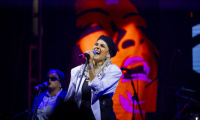




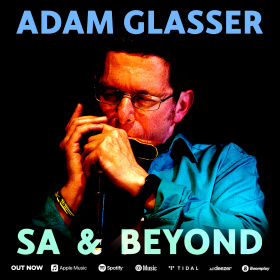
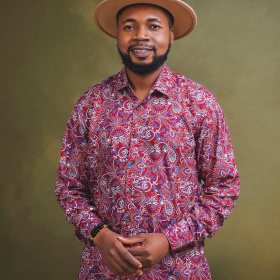
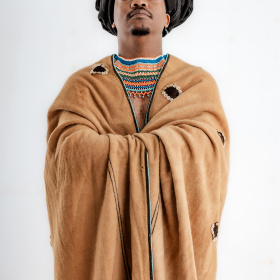





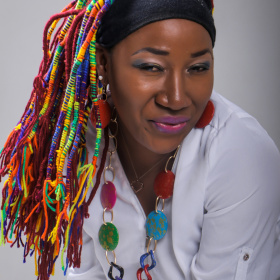

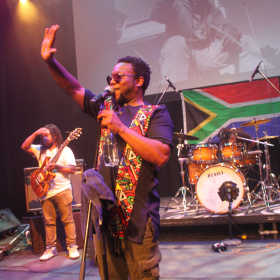










Comments
Log in or register to post comments